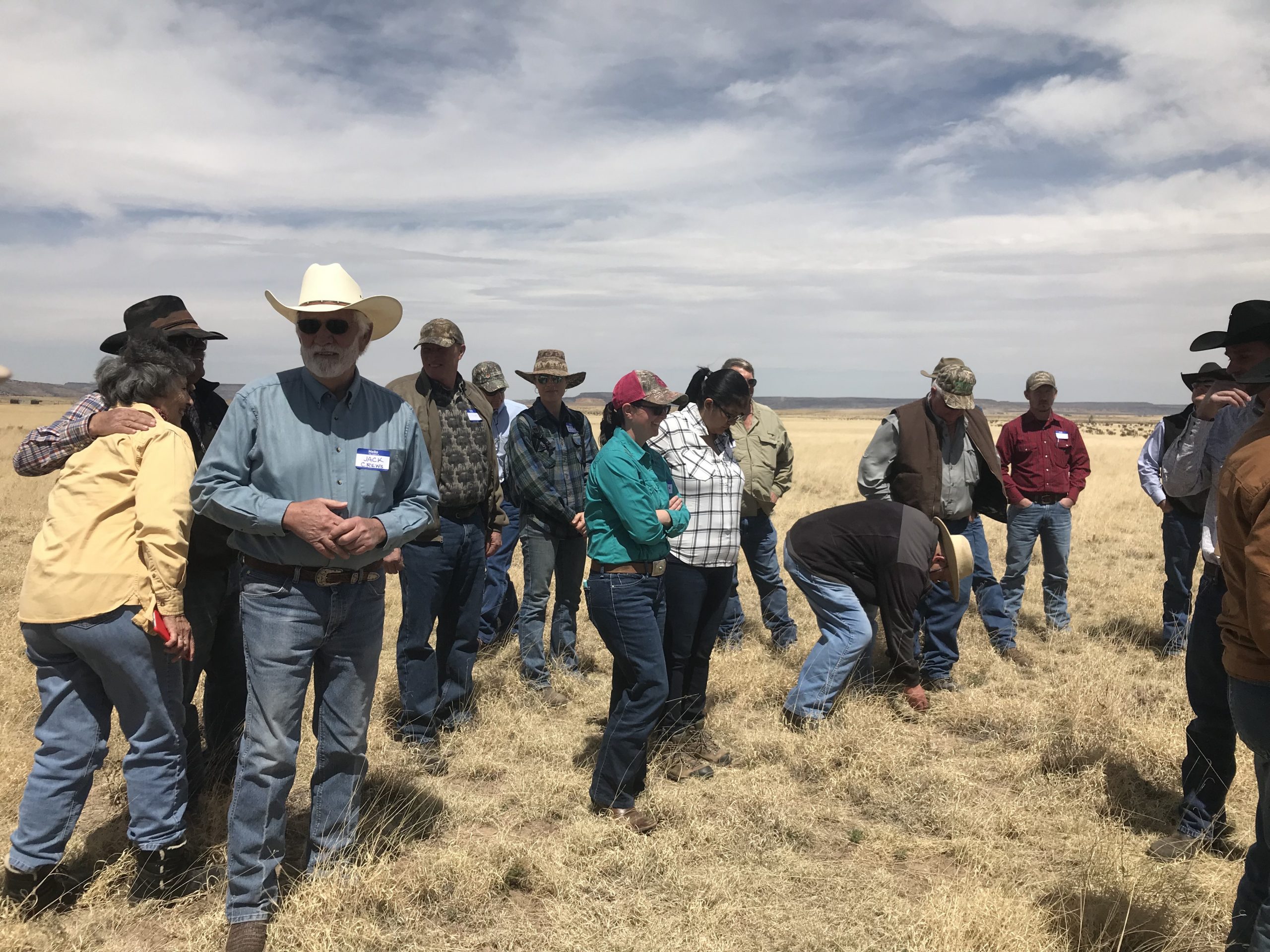Western Landowners Alliance offers a “Healthy Soils” Event on the Ute Creek Cattle Company Ranch
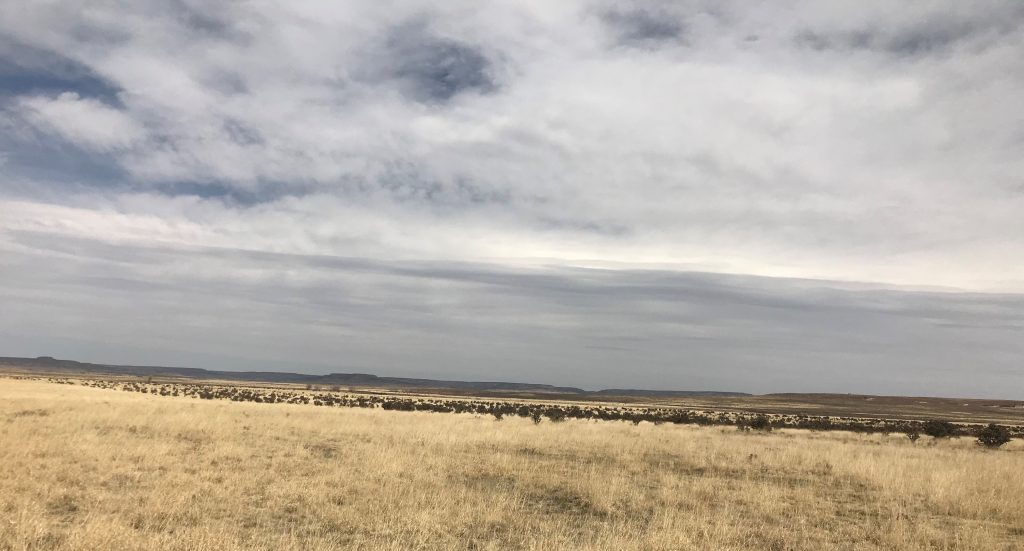
Ranchers, botanists, staff from government agencies, soil and water conservation districts and land trusts, and many more gathered at the Rectory B&B in Mosquero, New Mexico on Monday, May 16th for this Western Landowners Alliance event to explore such issues as ranching economics and how to improve soil and rangeland health while planning for droughts yet to come.
WLA’s Jesse Juen and Rick Danvir began the morning with presentations on grassland restoration and a published study comparing soil health under different grazing management, and then all headed out for the field tour. Tuda and Jack Crews hosted the tour of their ranch—Ute Creek Cattle Company, located in Harding County. The amount of work and time they have invested in the ranch has paid huge dividends. Their riparian restoration on Ute Creek has revitalized stream flow and water quality and increased wildlife diversity throughout the riparian area. They have restored grasslands in part by removing cholla and implementing a planned rotational grazing strategy based on herd movement, amount of available forage and pasture rest during the growing season. As a result, their annual management flexibility has increased, costs of feeding have decreased and they have been able to sustain their herd genetics and quality along with good weight gains even in drought years.
We took a short break at their corrals—designed by Temple Grandin to reduce cattle stress. Here we enjoyed a demonstration by Brenda Simpson, a state rangeland management specialist for the NRCS. Her presentation simulated the range of soil water holding capacity over various covered and bare soil types and included a discussion on soil pore spaces, biota supporting soil health and how density and diversity of grasses contribute to overall soil health. This demonstration showed a clear correlation between above-ground management and below-ground soil health.
Tuda and Jack have developed a watering system that allows for more strategic herd management through timed grazing and, in addition, have also succeeded in reducing evapo-transpiration from the livestock drinking troughs by 90 percent by implementing an innovative solution: covering the troughs with floating plastic balls. They are working with the Small Business Development Assistance Program to improve on this innovation and achieve a design that will also prevent the troughs from freezing in the winter.
We wrapped up the day back at the Rectory B&B, where we shared what we learned, what we most enjoyed about the day and how we might improve the “soil health roadshow” next time around. Likely the most important take-away for the local community: how important it is to improve the economics of ranching and rural communities for the sake of the next generation, so that they might return and thrive in this and other rural communities.
Thank you Tuda and Jack for being visionaries, sharing your successes and failures and your love and commitment to ranching, Mosquero and the people in Harding County.
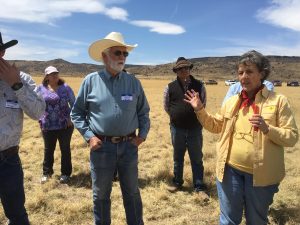
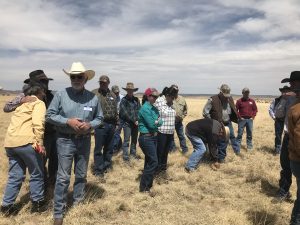
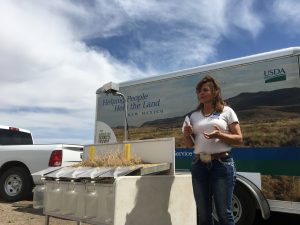
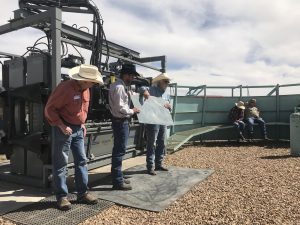
Join WLA to stay up to date on the most important news and policy for land stewards.
Become a member for free today and we will send you the news and policy developments critical to the economic and ecological health of working lands.
WLA works on behalf of landowners and practitioners throughout the West. We will never share your contact information with anyone.
©2025 Western Landowners Alliance • PO BOX 27798, Denver, CO 80227 • 505.466.1495
Western Landowners Alliance is a 501 (c)(3) non-profit recognized by the IRS.
Tax ID: 46-1346488
